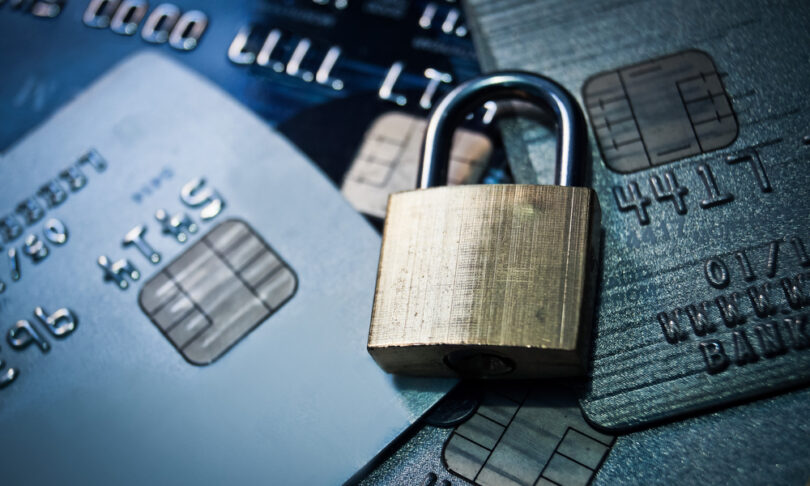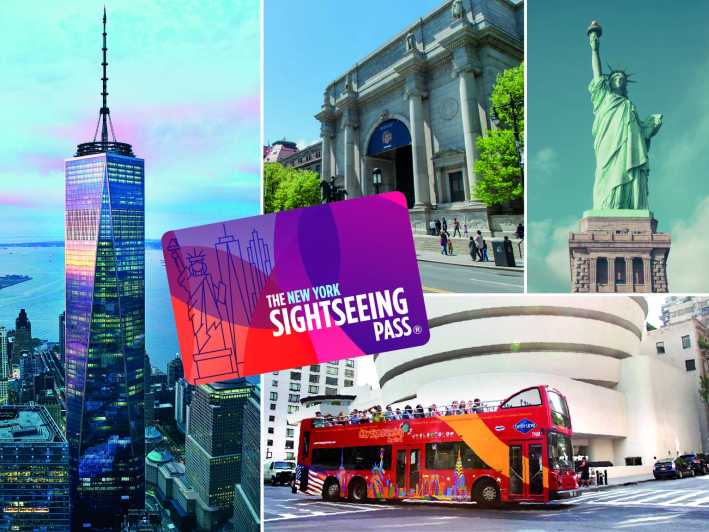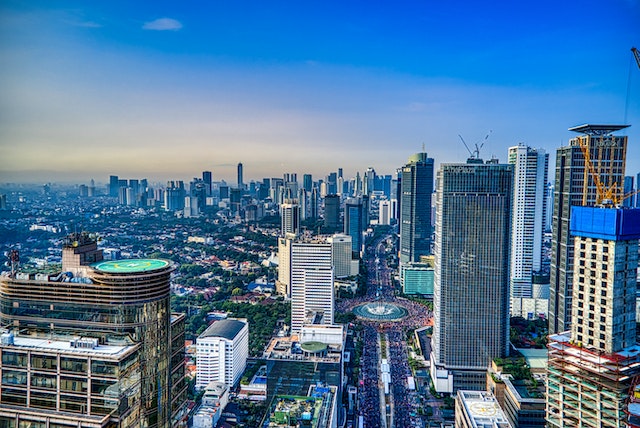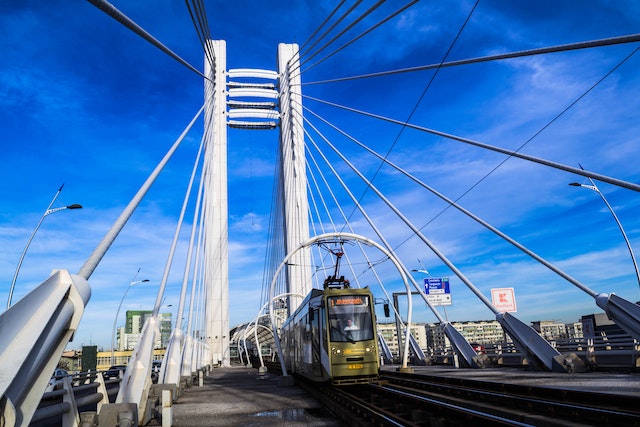As we embark on exciting travel adventures, it’s crucial to prioritize our digital safety alongside our physical well-being. In this modern age, where technology is an integral part of our lives, it’s important to safeguard our identity and data while exploring new destinations. As a seasoned traveler who has traversed the globe, I’ve learned valuable lessons about digital safety through personal experiences. In this article, I’ll share practical tips, personal anecdotes, and insights to help you protect your identity and data while traveling. So, grab a cup of coffee and let’s dive into the world of digital safety!
Secure Your Devices with Strong Passwords:
Before setting off on your journey, ensure that all your devices are protected with strong, unique passwords. Avoid using common passwords or ones that can be easily guessed. Consider using a password manager to generate and store complex passwords for added convenience and security.
Enable Two-Factor Authentication:
Two-factor authentication adds an extra layer of security to your online accounts. Enable it wherever possible, especially for accounts that contain sensitive information such as your email, social media, and banking accounts. This way, even if someone manages to get hold of your password, they’ll still need an additional verification method to gain access.
Use a Virtual Private Network (VPN):
When connecting to public Wi-Fi networks, which are prevalent in many travel destinations, it’s essential to use a Virtual Private Network (VPN). A VPN encrypts your internet connection and ensures that your data remains private and secure, protecting you from potential hackers and eavesdroppers.
Be Wary of Public Wi-Fi Networks:
While public Wi-Fi networks are convenient for staying connected on the go, they can be risky when it comes to data security. Avoid accessing sensitive information, such as online banking or personal accounts, when connected to public Wi-Fi. If you must use these networks, make sure to do so through a VPN or consider using your mobile data as a safer alternative.
Keep Your Software Updated:
Regularly updating your devices and apps is crucial for maintaining their security. Software updates often contain patches for known vulnerabilities, which hackers can exploit. Set your devices to automatically update or regularly check for updates manually.
Backup Your Data:
Before embarking on your journey, make sure to back up your important data, including photos, documents, and contacts. Use cloud storage or an external hard drive to create backups. In case of loss, theft, or damage to your devices, you’ll still have access to your valuable information.
Be Cautious with Public Computers:
Avoid using public computers, such as those in internet cafes or hotel lobbies, for accessing sensitive accounts or performing financial transactions. These computers may have keyloggers or other malicious software that can capture your login credentials. It’s best to use your own devices or trusted ones whenever possible.
Be Mindful of Social Media Sharing:
While it’s tempting to share your travel adventures on social media in real-time, be mindful of what you post. Avoid sharing too many personal details or your exact location, as this can make you an easy target for thieves or scammers. Consider sharing your experiences after you’ve left a particular location to maintain your privacy and security.
Conclusion
In this digital age, protecting our identity and data is essential while traveling. By following these practical tips, such as securing your devices, enabling two-factor authentication, using a VPN, being cautious with public Wi-Fi, keeping software updated, backing up your data, being mindful of public computers, and being cautious with social media sharing, you can explore the world with peace of mind. Remember, a little precaution goes a long way in ensuring a safe and enjoyable travel experience.









